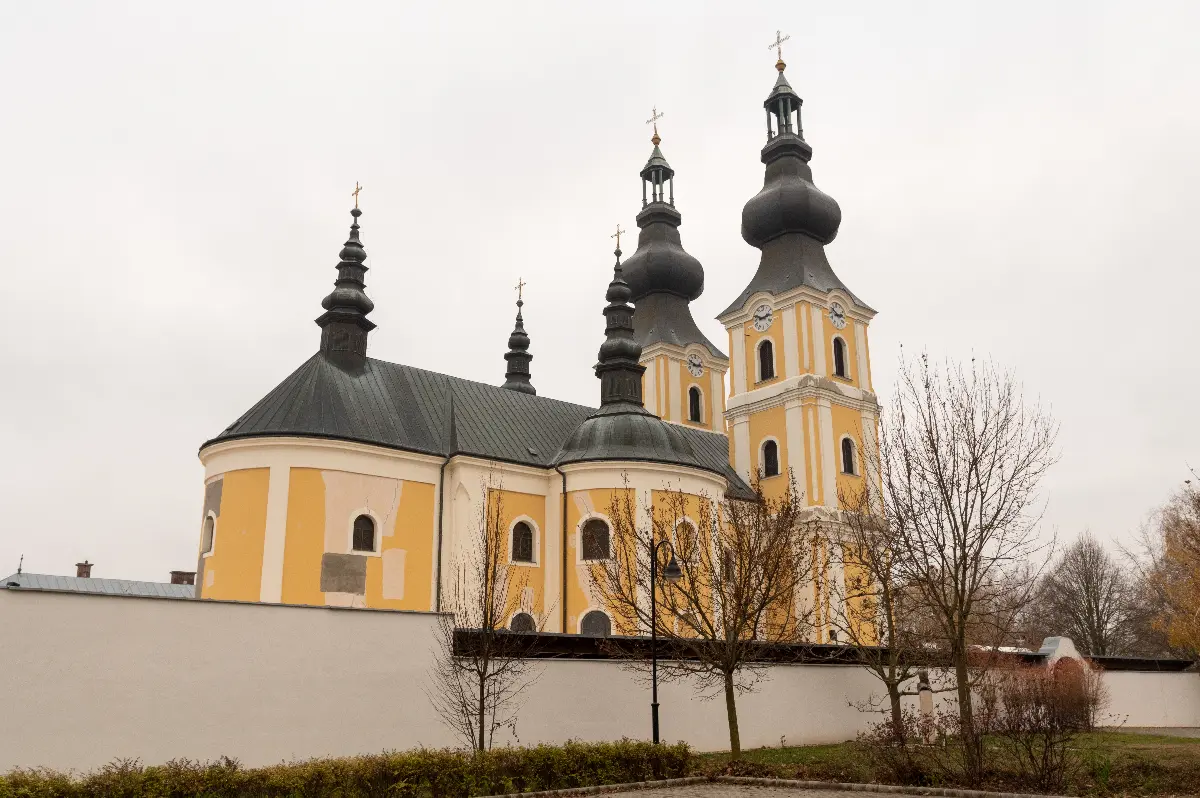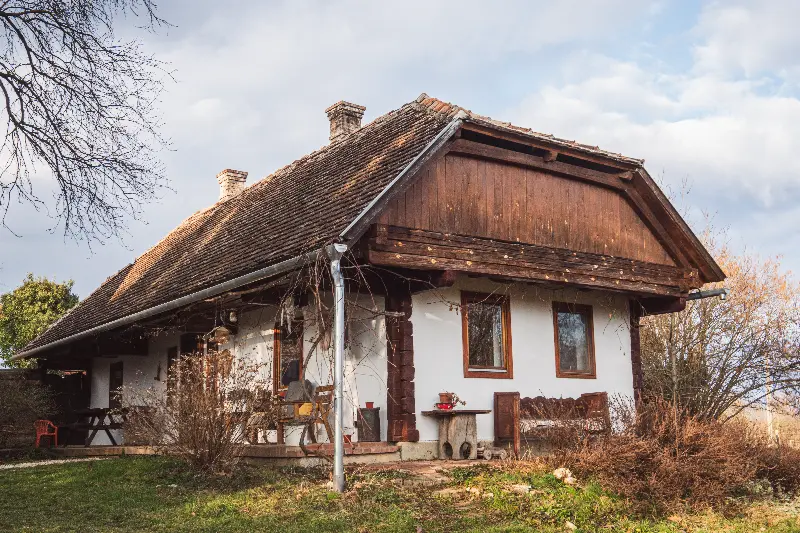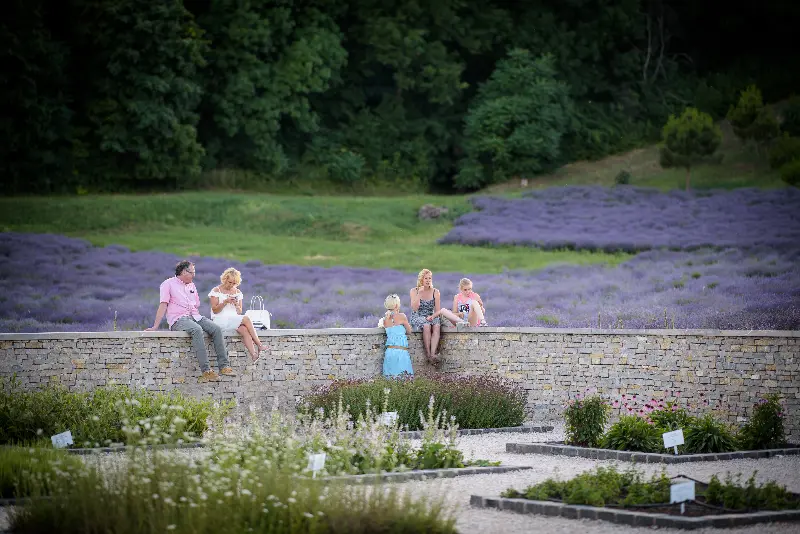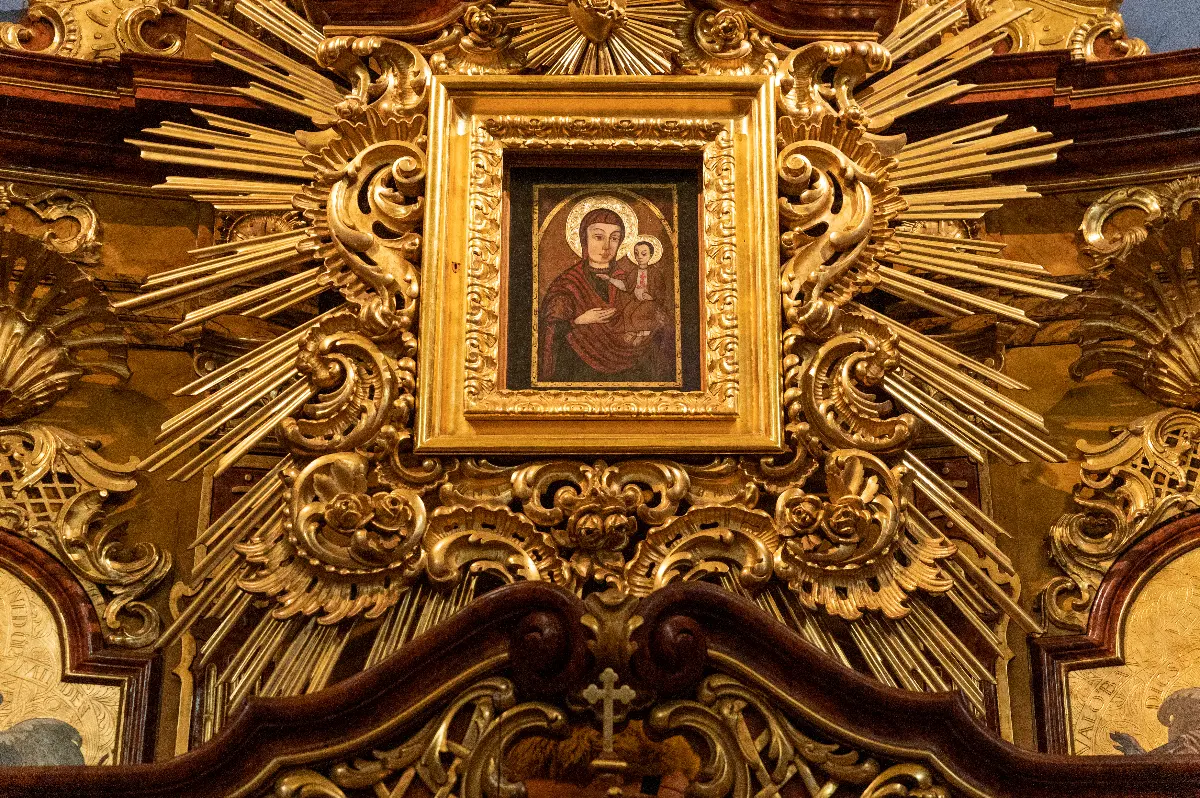
Helyszín címkék:
A miracle in Máriapócs
Méhész Zsuzsa
Máriapócs from Pócs
Máriapócs is not only the most visited place of worship in Hungary, but also the spiritual centre of Greek Catholics in the Carpathian Basin. What Fatima means to the Portuguese, Lourdes to the French, Częstochowa to the Poles, Lumbini to the Buddhists, Mecca to the Muslims, is Máriapócs to the Hungarians.More than an interesting destination, beautifully restored church and monastery, cultural heritage. The name of the small village in eastern Hungary was simply Pócs, first appearing in documents in 1280. It owes its current name and fame to a special old icon of the Virgin Mary.
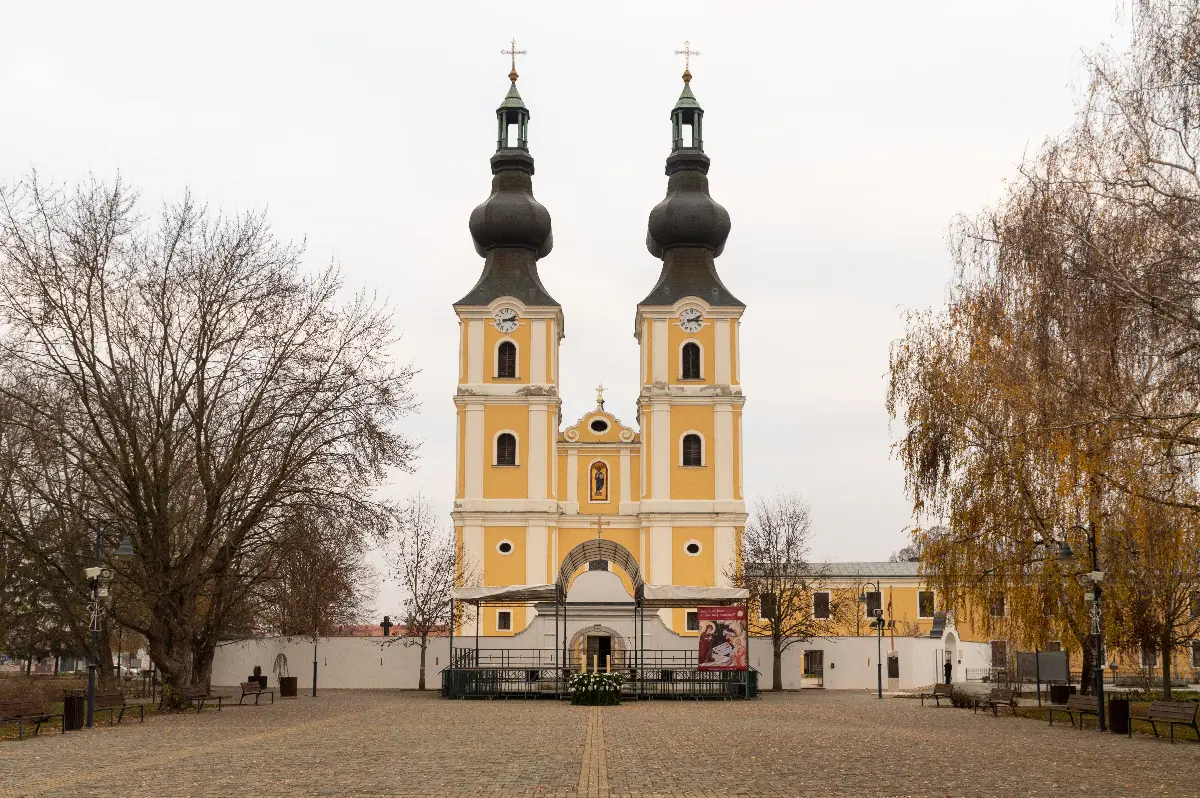
The first miracle
On the fourth of November 1696, while worshipping in the local Greek Catholic wooden church, the parishioners noticed that the icon of Mary began to weep. The news of the extraordinary phenomenon soon spread and reached the ears of the Austrian Emperor and King of Hungary, Leo I, who ordered that the weeping image be transported immediately from the tiny village church to Vienna and placed in one of the most beautiful Gothic churches in the world, the St. Stephen's Cathedral, one of the symbols of the city and the empire. What would such a sensation be doing in a small Hungarian village in the middle of nowhere? The original image of Mary is still a treasured in the “Stephansdom” (St Stephen's Cathedral) in Vienna. But the tears stopped and never again could the brave Austrians witness such an extraordinary event.
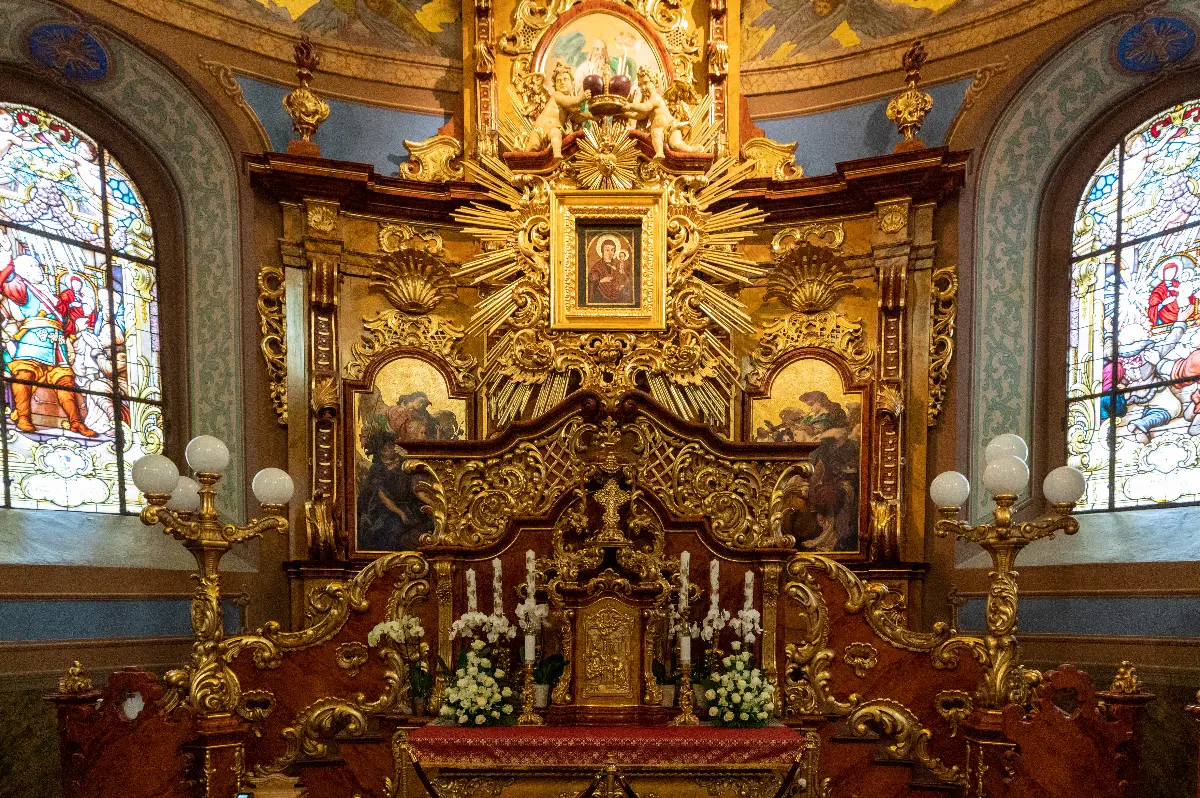
Second and third time
The locals of Pócs were not delighted that the emperor had claimed their miraculous treasure. Legends quickly intertwined with the image: the prayers of those who came before it was answered, and those in distress were comforted. Several copies of this magnificent image were made, one of which was returned to the wooden church in Pócs. On the first day of August 1715, a shrine was born here: the “deputy” icon of theVirgin Mary continued to weep. This was repeated in December 1905. From this point on, there was no doubt that the Mother of God had chosen this tiny, remote village and the simple people of the area to grant them her tears and miraculous love. Hundreds and thousands of pilgrims came to Pócs: so many that the wooden church could no longer accommodate the believers and the pilgrims. In 1731, construction began on a grandiose, ornate Baroque church, which was completed by 1756 – together with the adjacent monastery.
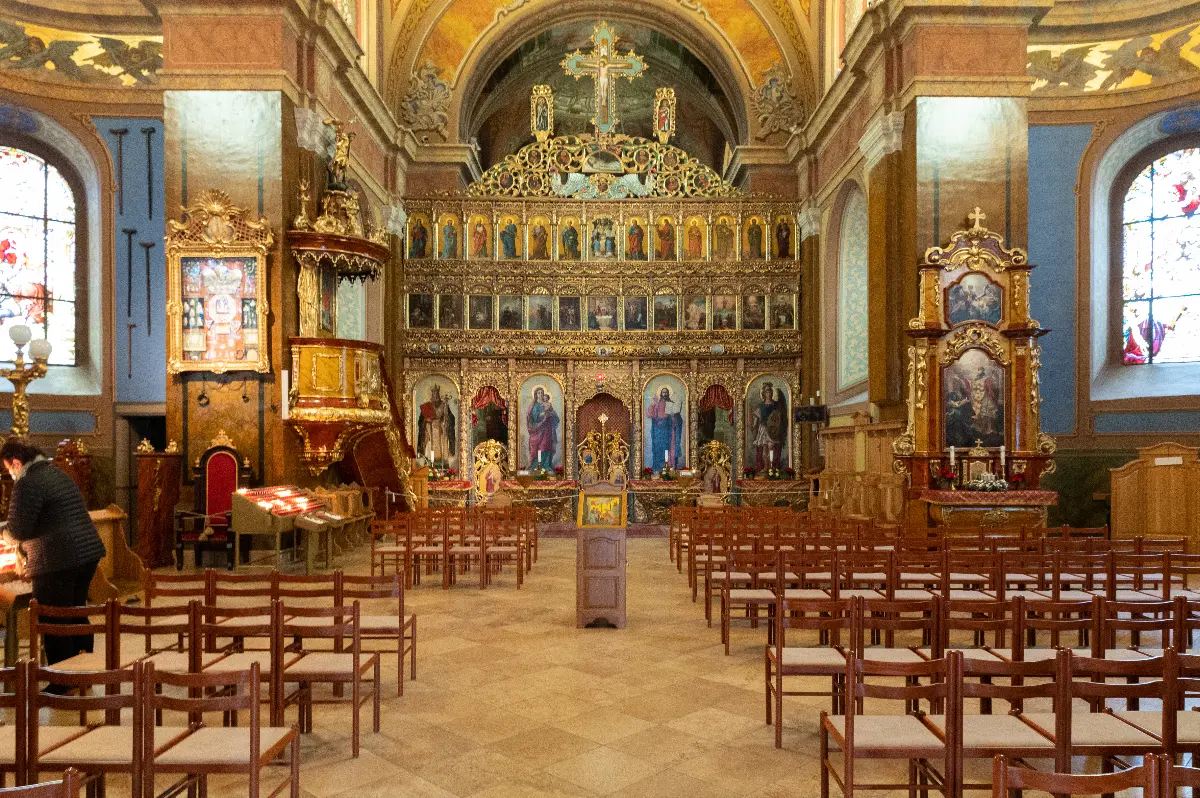
Shawls, miracles and pledge boards
At the time of the first weeping, the priest raised an officer's dying child in front of the image of the Virgin Mary. The child touched the picture – and was cured. His mother, feeling infinite gratitude, placed a necklaceof precious stones on the picture. Mary's tears were soaked up with a silk handkerchief: it still hangs in a small socket in the church. On the wall next to the altar, large glass jars hold the vows offered by the believers: crutches, sticks, and boards of gratitude tell the miraculous healings without words. Pope John Paul II visited the shrine in 1991. Here there is a pilgrimage almost every weekend from spring to autumn. The most people gather here on 15 August, the day of the Assumption of Mary – but the church and pilgrimage centre are open all year round. It also serves as an important stop on the pilgrim route through Central Europe, Mary's Way.
